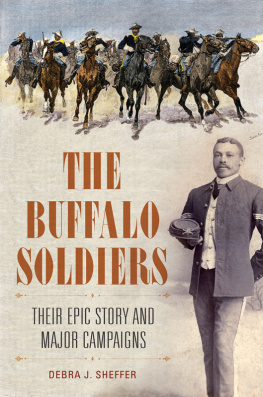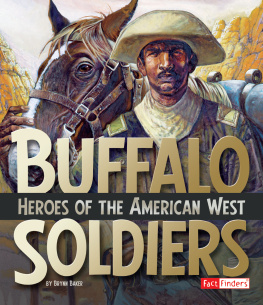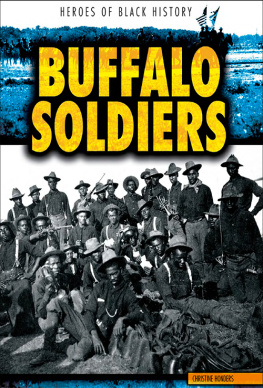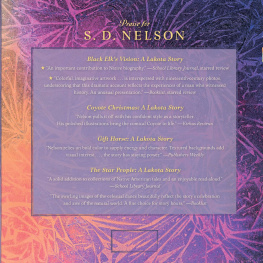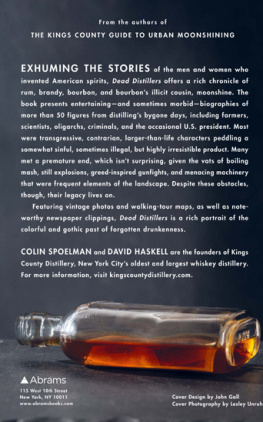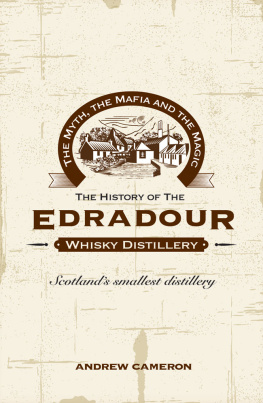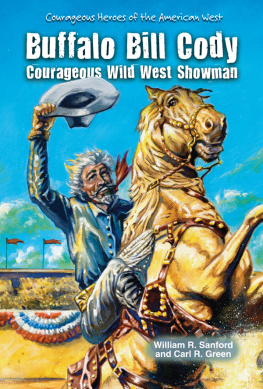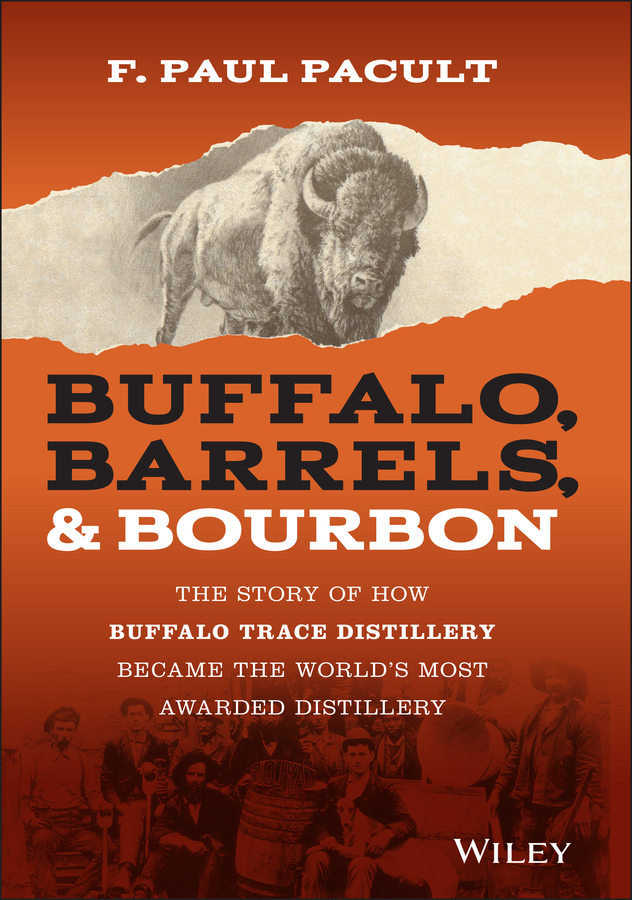
Table of Contents
Guide
Pages
Other Books by F. Paul Pacult
Kindred Spirits: The Spirit Journal Guide to the World's Distilled Spirits and Fortified Wines (Hyperion, 1997)
The Beer Essentials: The Spirit Journal Guide to Over 650 of the World's Beers (Hyperion, 1997)
American Still Life: The Jim Beam Story and the Making of the World's #1 Bourbon (John Wiley & Sons, )
A Double Scotch: How Chivas Regal and The Glenlivet Became Global Icons (John Wiley & Sons, 2005)
Kindred Spirits 2: 2,400 Reviews of Whiskey, Brandy, Vodka, Tequila, Rum, Gin, and Liqueurs from F. Paul Pacult's Spirit Journal 2000)
The New Kindred Spirits: More Than 2,000 All-New Reviews of Whiskey, Brandy, Gins, Vodkas, Agave Spirits, Rum, Amari, Bitters, and Liqueur from F. Paul Pacult's Spirit Journal (Matt Holt Books, 2021)
F. PAUL PACULT
BUFFALO, BARRELS, & BOURBON
THE STORY OF HOW BUFFALO TRACE DISTILLERY BECAME THE WORLDS MOST AWARDED DISTILLERY

Copyright 2021 by Spirit Journal, Inc. All rights reserved.
Published by John Wiley & Sons, Inc., Hoboken, New Jersey.
Published simultaneously in Canada.
No part of this publication may be reproduced, stored in a retrieval system, or transmitted in any form or by any means, electronic, mechanical, photocopying, recording, scanning, or otherwise, except as permitted under Section 107 or 108 of the 1976 United States Copyright Act, without either the prior written permission of the Publisher, or authorization through payment of the appropriate per-copy fee to the Copyright Clearance Center, Inc., 222 Rosewood Drive, Danvers, MA 01923, (978) 750-8400, fax (978) 646-8600, or on the Web at www.copyright.com. Requests to the Publisher for permission should be addressed to the Permissions Department, John Wiley & Sons, Inc., 111 River Street, Hoboken, NJ 07030, (201) 748-6011, fax (201) 748-6008, or online at http://www.wiley.com/go/permissions.
Limit of Liability/Disclaimer of Warranty: While the publisher and author have used their best efforts in preparing this book, they make no representations or warranties with respect to the accuracy or completeness of the contents of this book and specifically disclaim any implied warranties of merchantability or fitness for a particular purpose. No warranty may be created or extended by sales representatives or written sales materials. The advice and strategies contained herein may not be suitable for your situation. You should consult with a professional where appropriate. Neither the publisher nor author shall be liable for any loss of profit or any other commercial damages, including but not limited to special, incidental, consequential, or other damages.
For general information on our other products and services or for technical support, please contact our Customer Care Department within the United States at (800) 762-2974, outside the United States at (317) 572-3993 or fax (317) 572-4002.
Wiley publishes in a variety of print and electronic formats and by print-on-demand. Some material included with standard print versions of this book may not be included in e-books or in print-on-demand. If this book refers to media such as a CD or DVD that is not included in the version you purchased, you may download this material at http://booksupport.wiley.com. For more information about Wiley products, visit www.wiley.com.
Library of Congress Cataloging-in-Publication Data is Available:
ISBN 9781119599913 (Hardback)
ISBN 9781119599937 (ePDF)
ISBN 9781119599920 (ePub)
Cover Design: Wiley
Cover Images: Buffalo Trace Distillery
Author Photo: Michael Gold/The Corporate Image
For Sue
Acknowledgments
I HAVE A WHOLE scorecard of generous people to thank for their assistance with the writing of this book. First of all, Matt Holt, the former Wiley publisher who approached Sue and me about writing a third book for Wiley, along with our present-day Wiley publisher Shannon Vargo. I appreciate their staunch support of Buffalo, Barrels, & Bourbon. Senior Editor Sally Baker and Managing Editor Deborah Schindlar at Wiley have been veritable rocks and a delight to deal with. Kudos also go to my friend Sarah Tirone for poring over the manuscript at a critical stage of development and telling, with candor, what she thought of it. Whiskey journalist/blogger/author Chuck Cowdery freely offered his keen insights along the way, both in person and via his many unvarnished blog postings. Thank you, Chuck. My appreciation also goes to colleague and celebrated whiskey writer Liza Weisstuch for her insightful viewpoints. Both the Filson Historical Society and the Kentucky Historical Society deserve a tip of my hat for their very existence, as well as the assistance their archives provided throughout the book's research period. Never standing in the way of where my independent research was leading me, the management and public relations teams at Buffalo Trace deserve shout-outs for their no-strings-attached cooperation, fully cognizant that my findings might in the end differ with their own data. A special note of appreciation goes to Buffalo Trace archivist Madison Sevilla, whose patience and diligence were pivotal in pointing out directions for deeper research. I would be remiss if I didn't note and acknowledge American whiskey historian Carolyn Brooks for sharing her superb investigative paper, A Leestown Chronology, which cleared many obstacles and bridged gaps on my fact-finding path. Last, but certainly not least, thanks to my wife, collaborator, master editor, and partner Sue Woodley for, well, everything.
Introduction
MY PROFESSION IS COMMUNING with spirits. Since 1989, I have formally reviewed over 30,000 of the fermented and distilled consumable liquids commonly referred to as spirits, distillates, water of life, or, more scurrilously, firewater, hooch, booze, sauce, or hard liquor. In addition to my subscription-only newsletter F. Paul Pacult's Spirit Journal, these product evaluations, sometimes with accompanying feature stories, have appeared in scores of publications over the past three decades. These included the New York Times Sunday magazine, Wine Enthusiast, Playboy, Delta Sky in-flight magazine, Wine & Spirits, Men's Journal, Beverage Dynamics, Cheers, and many more. Wearing another of my career hats, for two decades I have consulted to numerous beverage companies, assisting them either in the creation of new spirit brands or helping them to revitalize old ones. In one such instance, I have turned master blender for an American whiskey portfolio, Jacob's Pardon. Then there is my spirits education hat, but on this I'll spare you details, saving them for the next time.
After plying my trade in this manner for over 30 years, I have come to many conclusions. Perhaps the most salient determination I have made is this: of all the spirits that illuminate the galaxy of distilled potables, whiskey is my hands-down favorite. As charming as it can be, whiskey is a perplexing spirits category, one that is on occasion disconcerting and, at its most extreme, impenetrable. Yet for all its manifold complexities, every whiskey is composed of only three easily obtained, foundational ingredients: grain, water, and yeast. After being fermented and distilled, freshly made whiskeys are placed in cocoon-like barrels wherein they undergo periods of complicated metamorphosis. Once released from captivity in the aging warehouses, the world's whiskeys take the international stage as the most prized and expensive of all distillates. They are the monarch butterflies of the spirits category. They can be, and frequently are, great hooch, in other words.
Next page


